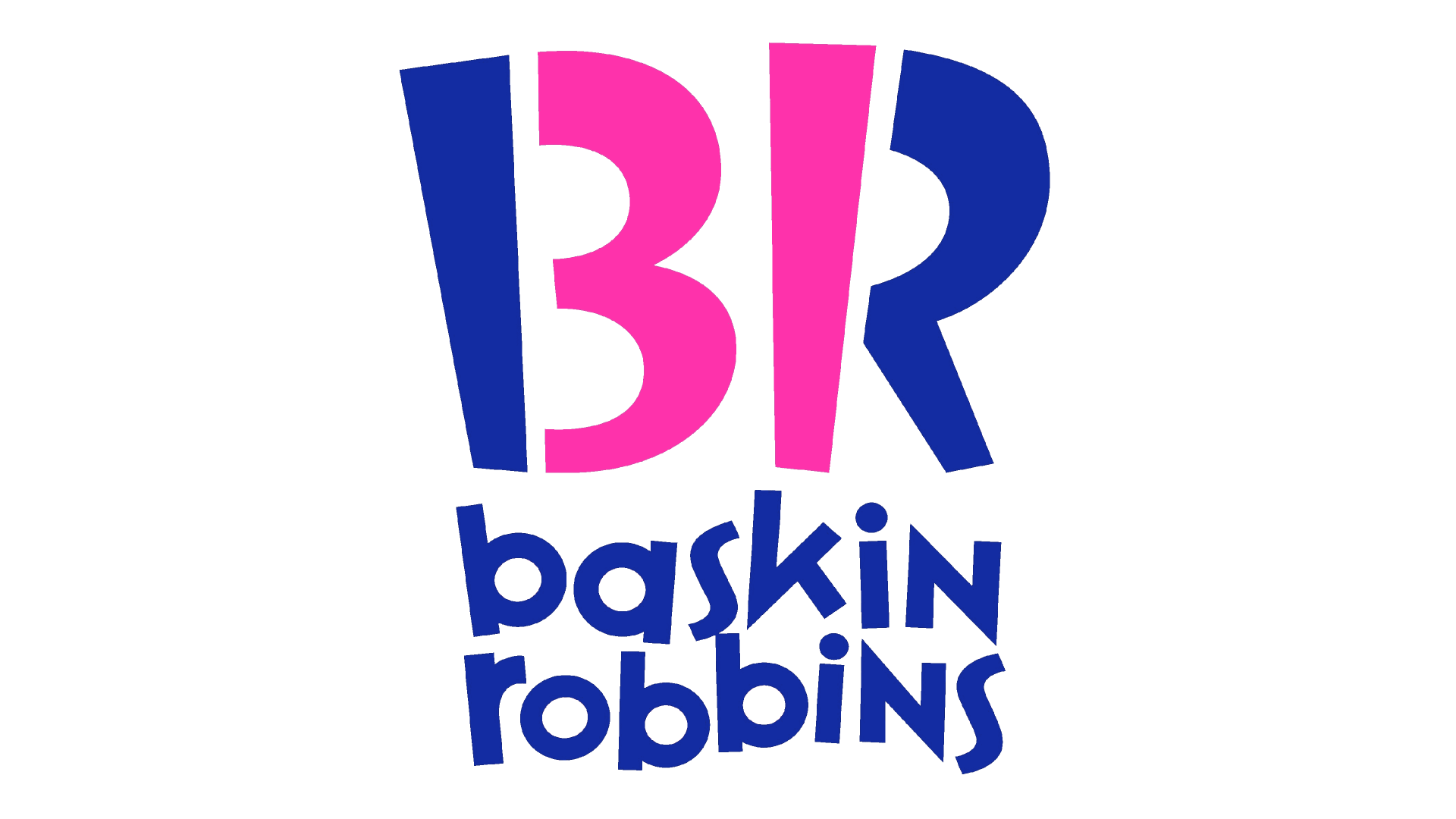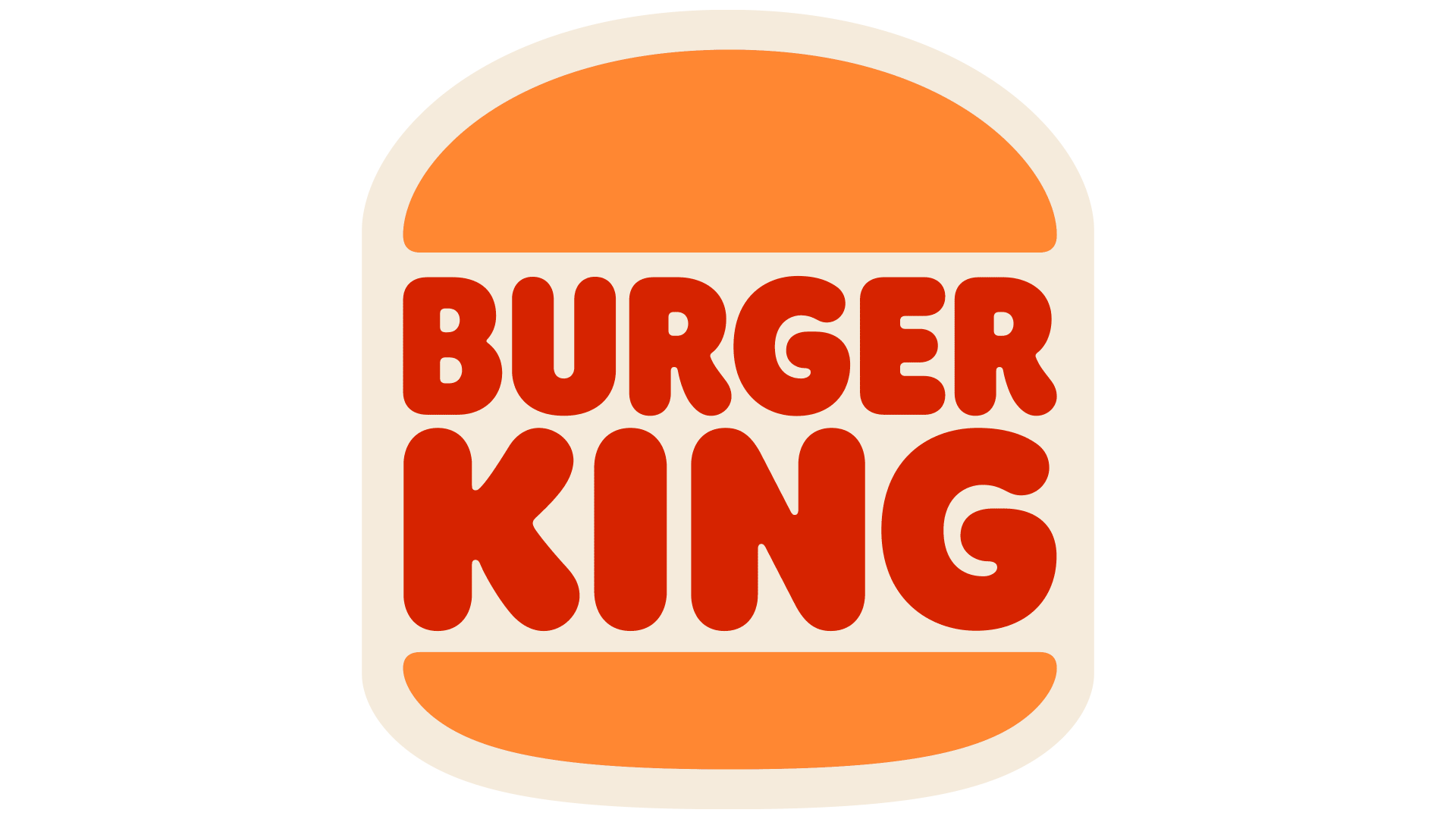10
2022Quick-service restaurants possess some of today’s most powerful branding. The right branding can greatly impact a company’s potential for growth and is especially important when introducing a new business.
Quick-service restaurants possess some of today’s most powerful branding. Say the word McDonald’s and everyone immediately thinks of the classic golden arches, the red accents and the “I’m Lovin’ It” tagline. For KFC, the colonel comes readily to mind. And with Taco Bell, the name itself directly implies the bell that’s embedded in the logo. These QSR leaders lean heavily into their branding to maintain positioning in a competitive market. Meanwhile, lesser-known and emerging brands are keen to get diners’ attention through their own brand assets.
One of the ways in which QSRs can better understand the profit potential of their brand assets is through “wisdom of the crowd” testing that leverages behavioral science to understand how consumers feel about branding.
Branding is the face of food
The right branding can greatly impact a company’s potential for growth. It’s why it’s especially important to get the positioning right when introducing a new business. Branding serves as a first impression for customers when they’re exposed to a restaurant in person or online. Everything from the logo to the tagline to the brand mascot contributes to the overall look and feel of a QSR.
But the launch of a new restaurant is not the only time that brands need to carefully examine the impact their assets have on consumers. As QSRs evolve, there will be moments when it is necessary or advantageous to revamp branding. From Baskin-Robbins’ 2022 refresh to Burger King’s rebrand in 2021 to ditching Donuts from the Dunkin’ name in 2019, there are numerous companies that have recently undergone a rebirth.
With Baskin Robbins, the company retained the hidden 31 in its logo, but refined the design, making it more minimalist and moving from pink and blue to pink and brown.
Burger King also chose a simpler route when ushering in a fresh logo after more than 20 years. It also introduced an updated typeface, color palette, packaging and more.
Lastly, Dunkin retained its classic orange and pink-powered personality but removed a key ingredient from its name so as not to be defined solely by one breakfast pastry.
Tips for testing key assets
So, how can brands ensure that these assets will make a mark with the public? What’s the best approach for testing them before a big unveiling and the costly process of installing new signage, packaging, uniforms and more?
Internal surveys and focus groups with employees across different departments and levels can capture insights from those with extensive knowledge of the company and competitors. External focus groups can gauge the interest of consumers who may or may not already be familiar with the brand. Meanwhile, idea testing that leverages “wisdom of the crowd” methodology can accurately demonstrate the profit potential of different assets.
For “wisdom of the crowd” to function, it’s important to survey a larger group. Crowds are proven to better predict success compared to smaller groups of people because they don’t have a vested interest in the ideas. A sample size of 500 will ensure the results are representative of the wider population.
For the most accurate results, testing should determine if respondents would invest in the QSR with the proposed brand asset, not whether they would make a purchase from the restaurant. This reduces bias by having participants focus on how they believe other people will behave. If it’s a strong idea that they think other people will like, they’ll want to invest. Thus, testing can determine predicted acceptance with a trading game that asks respondents whether they would buy or sell shares in the idea and then recording their decision-making speed.
Ideally, testing will also tap into how people feel about the assets, as emotions can help QSRs uncover areas for improvement. Perhaps the colors used in a logo evoke anger or sadness, when the goal should be happiness. Maybe a brand mascot is causing people to feel fear or disgust. Asking about the reasons behind these emotions can yield insightful comments that designers and marketers can use to make improvements to future iterations of brand assets. Testing various logos or mascots at the same time can even help narrow down which will be more effective for long-term brand building.
A building block for QSRs
Strong branding helps restaurants drive market share growth and profit gain in an increasingly competitive industry. Every QSR wants their logo, brand mascot, color palette or tagline to be instantly recognizable. To become a familiar part of the cultural landscape, branding needs to evoke the right emotions in people. Through ideas testing, QSRs can better understand whether brand assets will make a mark with the general public, which is key to staying top of mind with hungry diners who have a multitude of restaurant options to choose from today.


